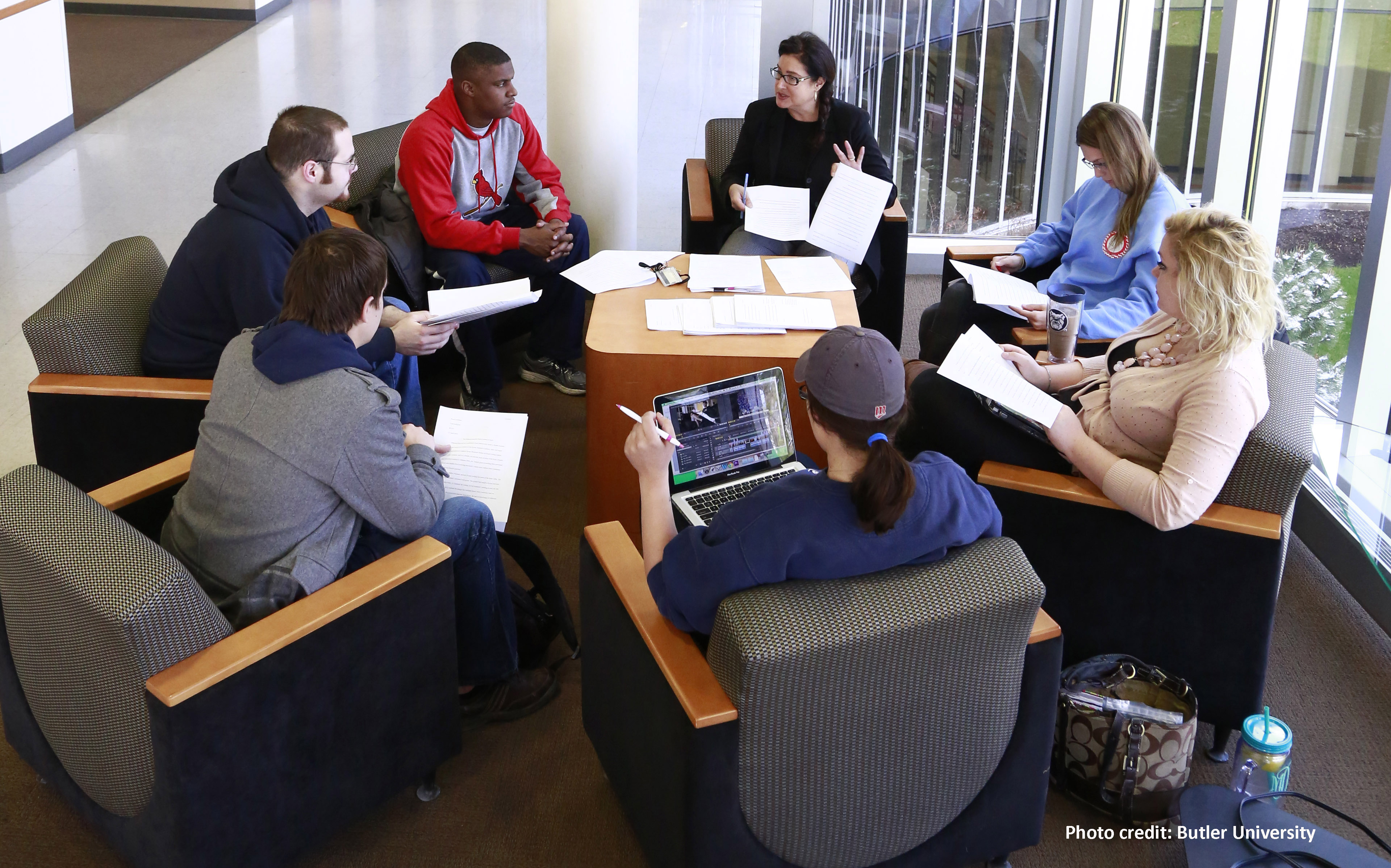International students are an important population of the U.S. undergraduate student body for at least two reasons. First, they enrich diversity in U.S. higher education as they bring various cultural backgrounds and values. Second, they generate considerable revenue not only for U.S. institutions of higher education but also for the local economy in which the institutions are situated. While many studies have investigated challenges that international students have, few studies discuss how international students engage in learning (such as Reflective-Integrative Learning) when they are enrolled in U.S. institutions of higher education.
Recently, researchers Defta Oktafiga, Allison BrckaLorenz, and Thomas F. Nelson Laird investigated international students' reflective-integrative learning - a concept of learning that emphasizes on how often students critically examine their views and synthesize information to build a larger construct of understanding - by their geographical regions of origin. Using the data from the 2015 administration of NSSE with more than 3,000 international seniors, this study found that international students who come from seven geographical regions of origin (i.e., Africa Sub-Saharan, Asia, Canada, Europe, Latin America & Caribbean, Middle East & North Africa, and Oceania) have different levels of reflective-integrative learning. Compared to domestic seniors, international seniors who come from Asia are the only group of international students that is statistically different as found by an analysis of variance, scoring lower than their domestic peers do.
The findings from this study imply existing practices that often lumps international students into one group is unwise. To that effect, if institutions of higher education in the United States continue to invite international students to their campuses and truly want to provide them with the best educational experience, they should treat international students proactively and intentionally, not similarly. See more about the presentation of this study at the Association for the Study of Higher Education here.


